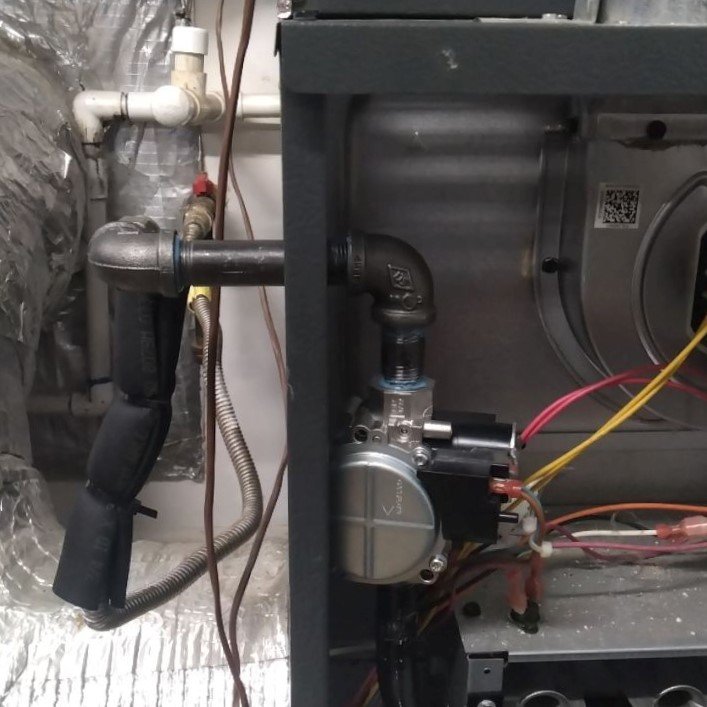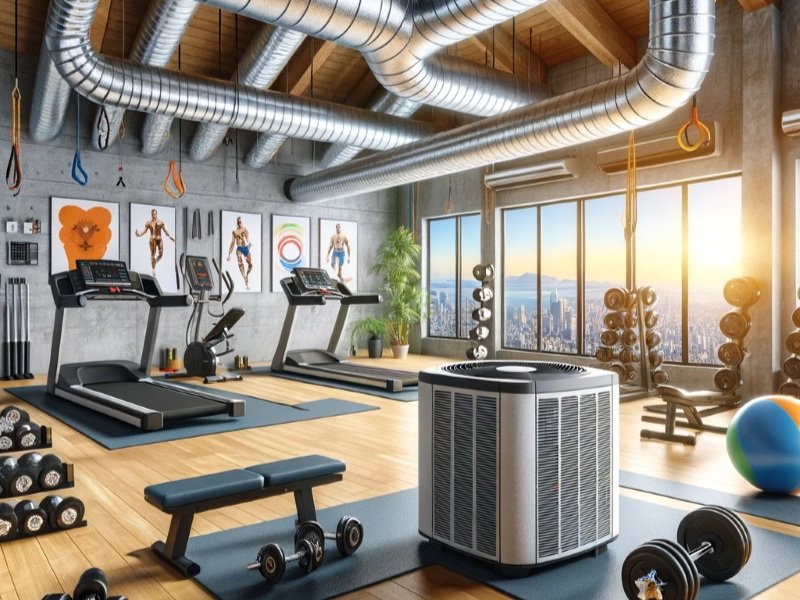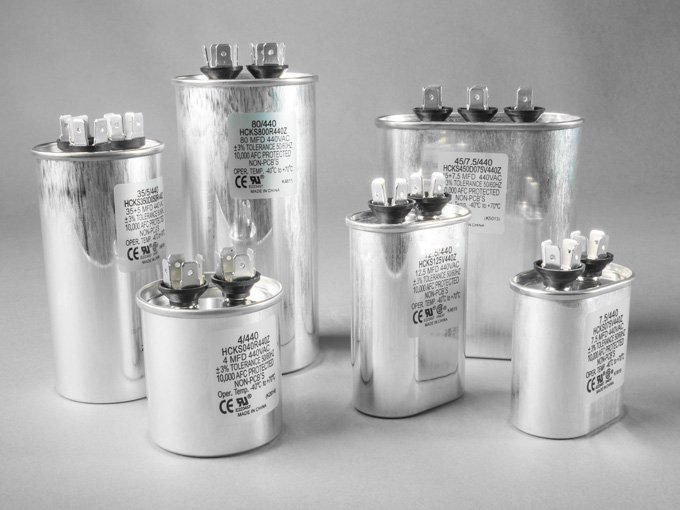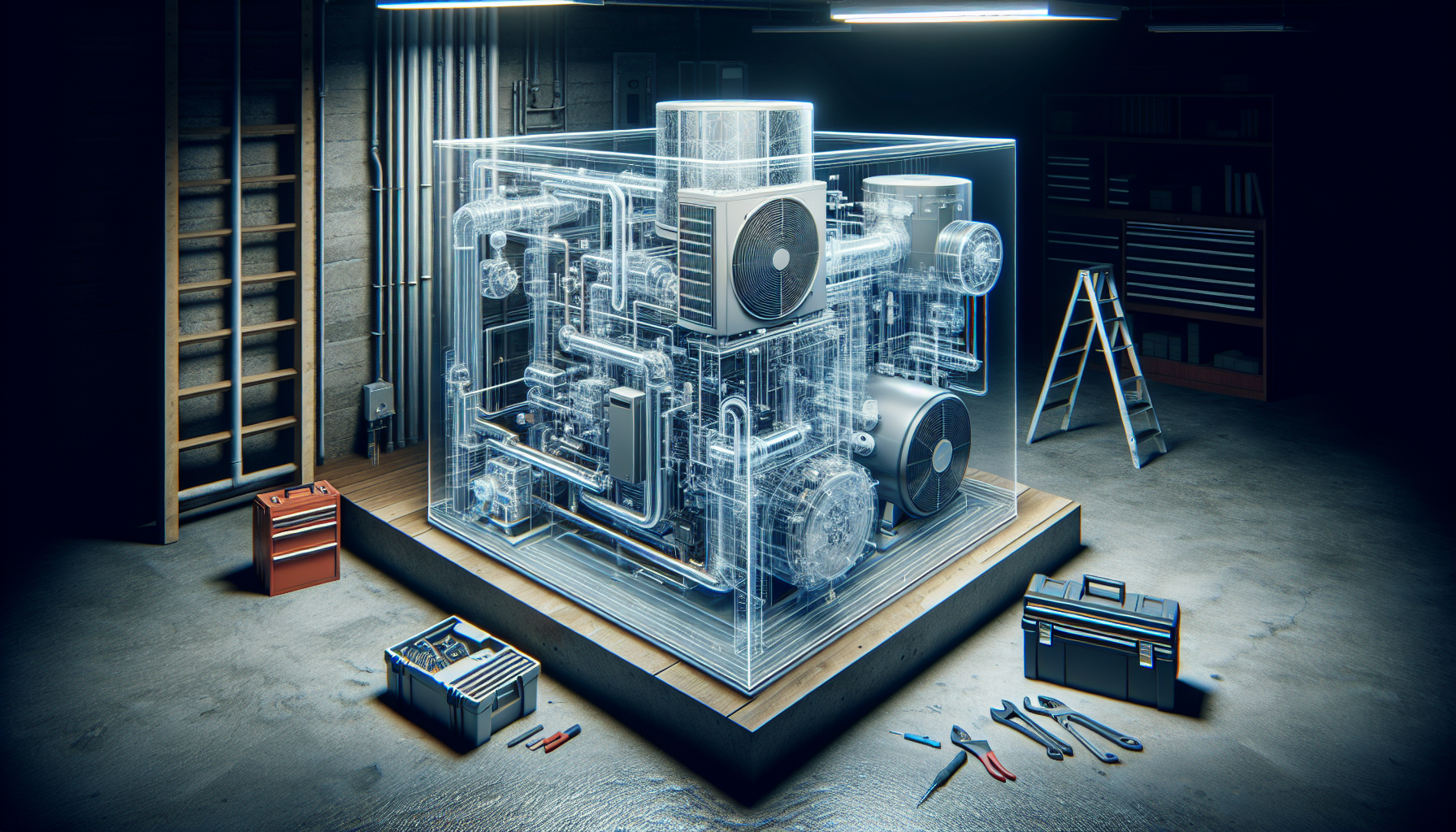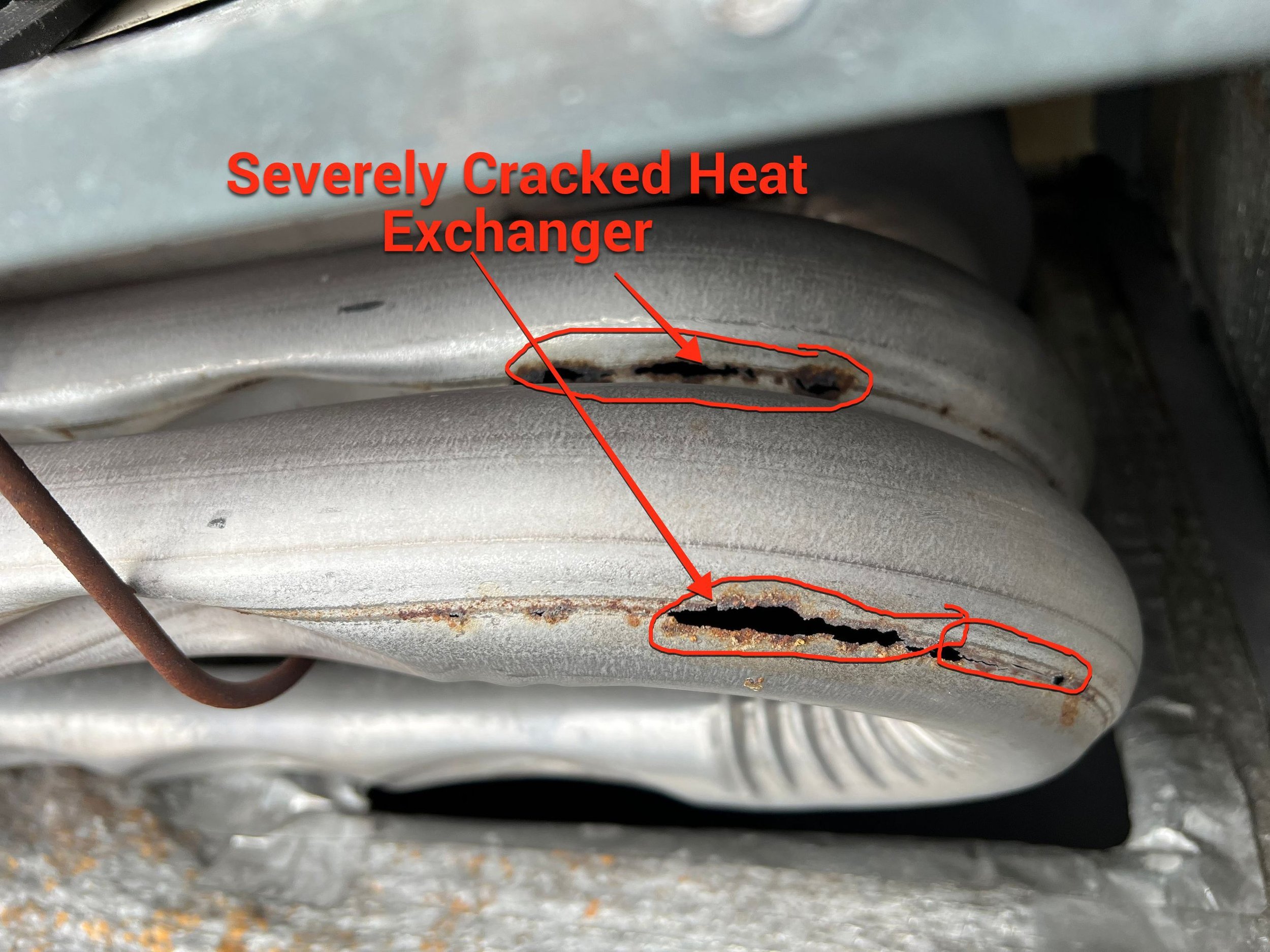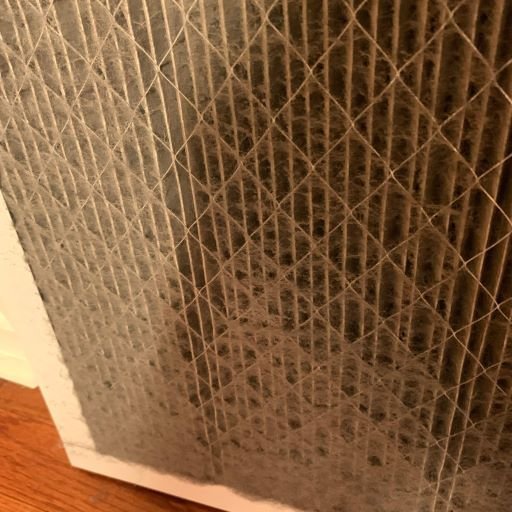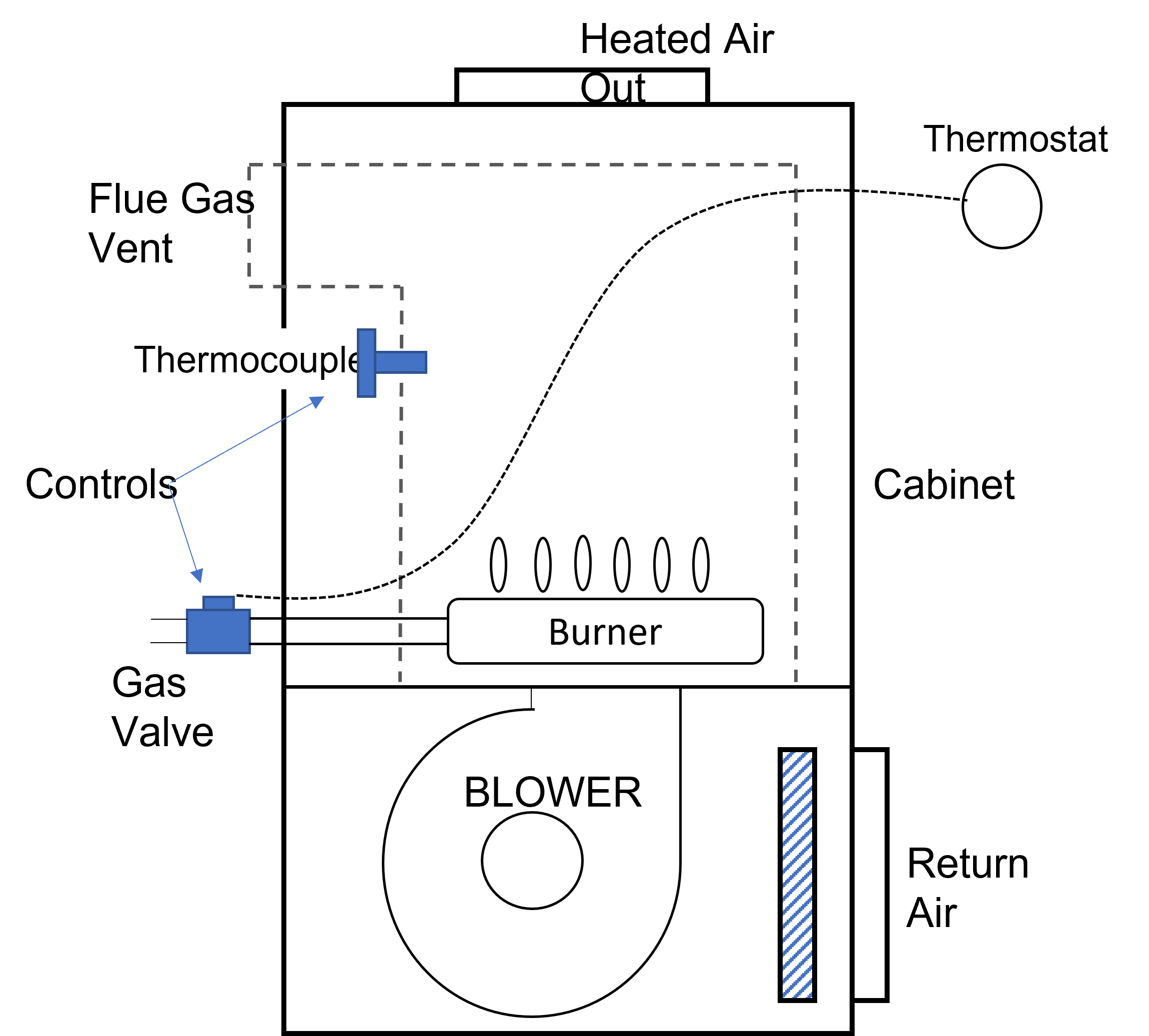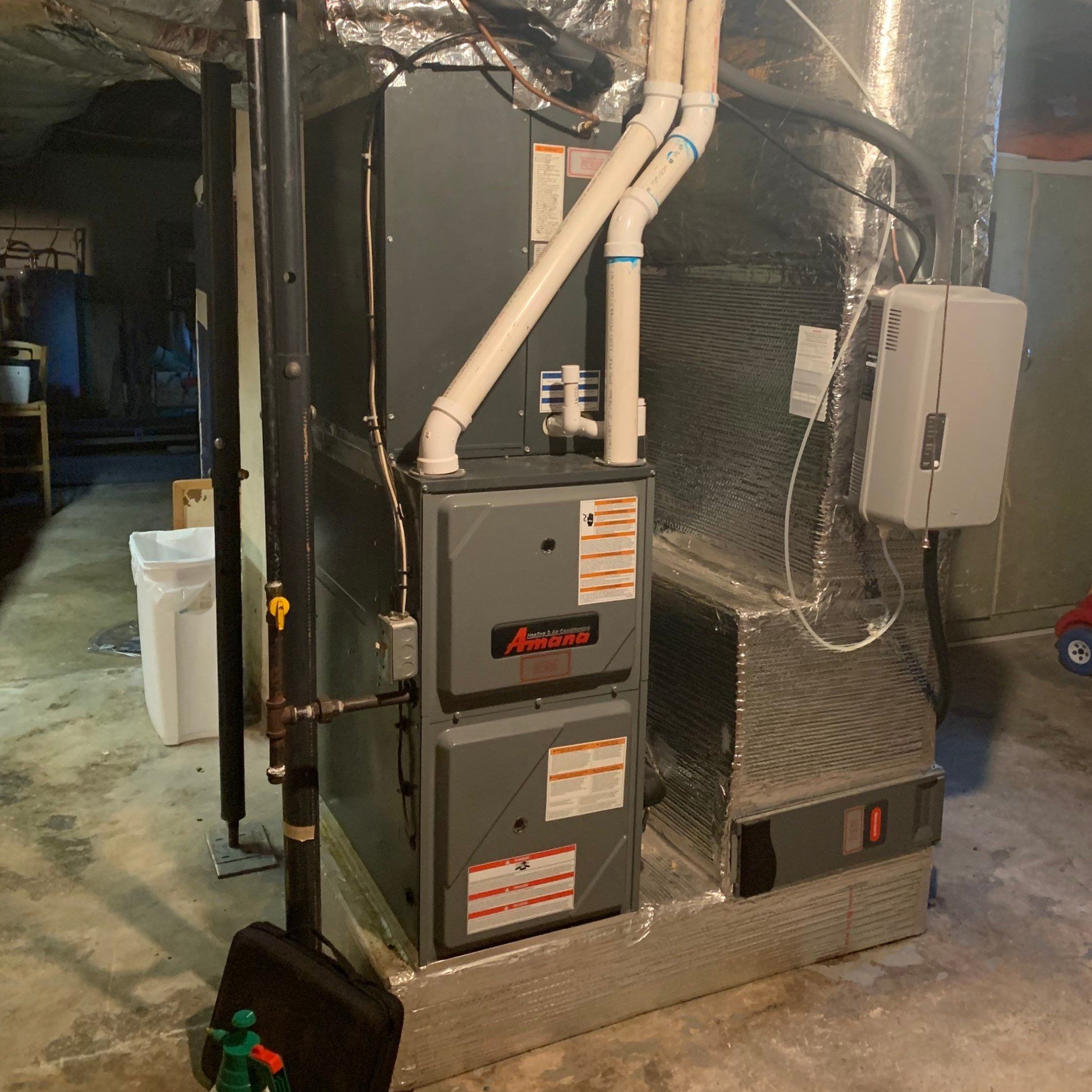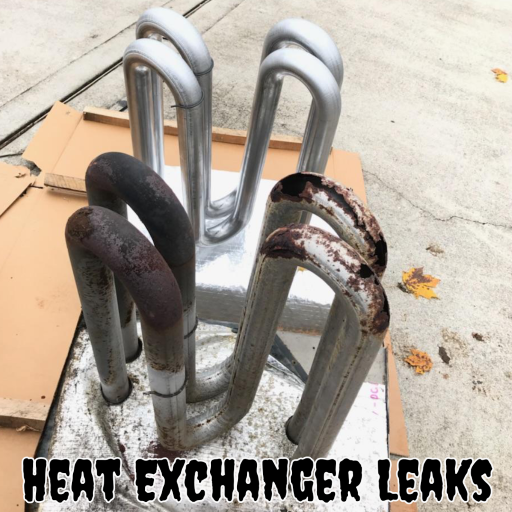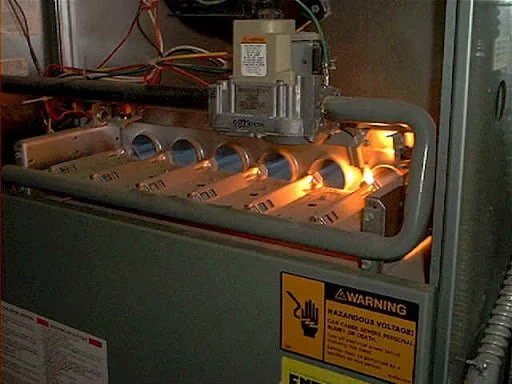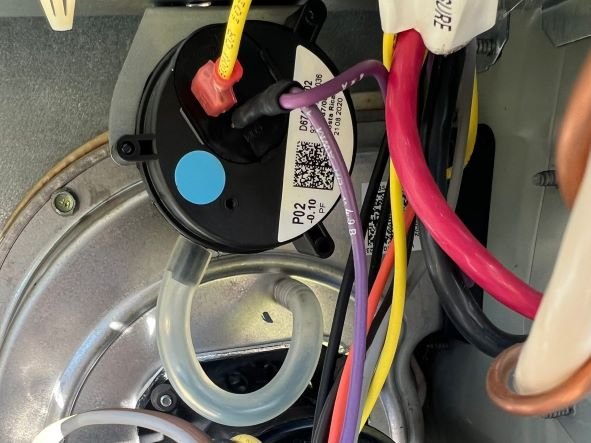Looking for HVAC answers?
Use the search bar above to explore expert tips, how-to guides, product insights, and small business marketing strategies—all in one place.
Top Picks for 2023: Best Energy-Saving HVAC Systems Uncovered
Homeowners are becoming increasingly aware of their energy consumption, not just for cost-saving reasons, but also for environmental conservation. A significant part of this consciousness revolves around the choice of HVAC systems. Buckle up as we embark on a journey to uncover the best energy-efficient HVAC systems for 2023.
Furnace Gas Valve Replacement Cost: How Much Does It Cost?
When it comes to maintaining a warm and comfortable home during the colder months, your furnace plays an indispensable role. Among its various components, the gas valve is crucial for regulating and controlling the flow of gas to the furnace. Understanding the gas valve replacement cost is vital for homeowners looking to maintain their heating systems efficiently.
How Many BTU Do I Need? Understanding Proper AC Sizing in East Tennessee
When homeowners and business owners in East Tennessee set out to find the ideal air conditioning system for their properties, they need to understand a few critical facts before making their purchase. While these may seem daunting at first, this article should simplify the concepts and help you make an informed decision.
What is an Inverter Air Conditioner System?
The inverter air conditioner system is equipped with controls that proactively manage the variable speed compressor motor that handles your AC unit's cooling capabilities. This balanced operation limits wasted energy that non-inverter air conditioners expend when they have to “fire up” the motor to begin a cycle. Installing an inverter air conditioner unit will help you save energy while providing a consistent desired room temperature and comfort.
Air Conditioning for Gyms: HVAC Systems
A/C systems for gyms are a common installation. Gyms are often large spaces with high ceilings and long distances from the air vents to the air conditioning unit. This means that it requires a lot of energy to cool the gym space. The most effective way to make sure that gyms are saving energy is by using an A/C system that is designed specifically for this purpose.
Zero Breeze Product Review 2025
The Zero Breeze Mark 2 is a cordless, portable air conditioner that allows outdoor enthusiasts the ability to stay cool, regardless of where they are in the world.
What is an HVAC Float Switch
An AC float switch is an electronic water sensor for your HVAC system. Sometimes, this air conditioner component is also referred to as a condensate overflow switch or an AC safety switch, and it functions as a safety net for excessive water buildup within the appliance. With the help of this float switch, your air conditioning unit can detect when it's experiencing a clogged drain line.
How Much is an AC Capacitor?
A crucial component within your HVAC (Heating, Ventilation, and Air Conditioning) system, the HVAC capacitor is a small but vital device that plays a big role in ensuring efficient operation. AC capacitors come in various types and sizes, which can influence their cost. On average, you can expect to pay between $30 to $100 or more for an AC capacitor.
HVAC Diagnostic Fee: The Dreaded Trip Charge aka Service Call
An HVAC trip charge, often referred to as a service call fee, is a standard fee that an HVAC service company charges when they send a technician to your location, whether it's your home or business. This fee is separate from any repair or maintenance work performed and is generally designed to cover the technician's travel expenses, time, and expertise in diagnosing and assessing the HVAC system.
How Does a Gas Furnace Work
At the heart of a gas furnace lies a complex yet efficient mechanism designed to transform natural gas into a steady stream of cozy warmth. The process begins with the ignition of the gas in the burner assembly, releasing heat that is then absorbed by the heat exchanger.
Understanding the Key Factors Used to Determine HVAC Pricing for Repair and Installation
This blog post will illuminate the key factors that you need to be aware of when it comes to HVAC repair and installation costs and arm you with the knowledge to make an informed decision that suits your budget and needs.
Ensuring Warmth with Peace of Mind: The Importance of a Gas Furnace Safety Inspection
As we delve into the world of gas furnace safety, our goal is to equip you with the knowledge to make informed decisions about the maintenance and care of your home's heating system. After all, a warm and secure home is not just a luxury—it's a necessity, and ensuring the safety of your gas furnace is the first step toward achieving that comfort with confidence.
Navigating the Cost of AC Replacement
We embark on a journey to demystify the intricacies of AC replacement costs. Our aim is to provide you with a comprehensive understanding of the elements influencing the price, empowering you to make well-informed decisions regarding your home's comfort.
Stay Comfortable: A DIY Guide to HVAC Symptom Self-Check
We'll empower you with the knowledge to perform a DIY HVAC symptom self-check. From unusual noises to inconsistent temperature control, we'll guide you through common symptoms that might indicate a problem with your HVAC system. By taking a proactive approach to identifying issues early on, you can potentially save time and money while ensuring your home remains a haven of comfort throughout the year.
Gas Furnace Efficiency Ratings
Most furnace manufacturers offer two types of furnaces: Mid-efficiency Category I fan assist, High-efficiency Category IV condensing-type furnace. The minimum energy efficiency for mid-efficiency furnaces is 80 percent annual fuel utilization efficiency (AFUE). 80 percent furnaces have a flue gas temperature at least 140F above the dew point of the flue gas.
High-efficiency gas furnace
This article wraps up our information on furnace efficiency ratings and categories. This should give homeowners a better understanding of their heating system. You have insight into the limitations that are placed on installation, furnace location, vent piping, condensate drains, and integration with your cooling system.
Gas Furnace Troubleshooting
Gas furnaces are safe appliances and are highly recommended in nearly every home. However, poor repair or maintenance practices can very easily remove the safety margin designed into every furnace. Your furnace has several safety features that shut down the furnace when a problem occurs. This includes: Limit switch, Temperature sensors, Pressure sensors, Flame roll-out, Door safety, Flame sensor.
Furnace Gas Valve
Gas valve prices vary by manufacturer and type. Basic single-stage gas valves cost between $100-250. Two-stage and modulating gas valves cost significantly more. Gas valve pressure should be tested following a furnace gas valve replacement. You can expect to pay $150-250 in labor costs.
Gas Furnace Ignition Systems
Furnace ignition methods have drastically changed over the years. The need for safety and reliability has driven those changes. Furnaces manufactured today no longer have pilot lights. They are so obsolete that you rarely see one in the field. Here we'll go through several ignition methods starting with a pilot light and ending with an electronic ignition system.
Gas Furnace Limit Switch
Understanding and maintaining the various safety switches in a gas furnace is crucial for both equipment functionality and the safety of homeowners. Malfunctions in limit switches can lead to furnace shutdowns, overheating, inadequate removal of flue gases, and potential fire hazards.


